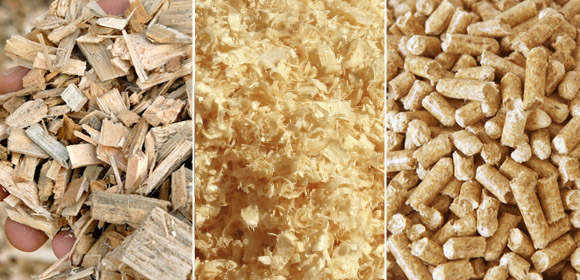Wood Chips vs Wood Shavings: Which Is Better for Your Needs?
When it comes to wood-based materials for landscaping, animal bedding, or gardening, the debate often centers around wood chips and wood shavings. While both come from processed wood, their properties, uses, and benefits differ significantly. In this article, we’ll provide a detailed comparison to help you make an informed decision.

What Are Wood Chips?
Wood chips are small pieces of wood typically created by shredding branches, logs, or lumber scraps. These are often coarse, irregularly shaped, and dense, making them durable for various applications.
Primary Features of Wood Chips
- Size and Texture: Larger and chunkier than shavings.
- Durability: Decomposes slowly, lasting months or even years.
- Moisture Retention: Retains water efficiently, making it ideal for mulching.
- Natural Aesthetic: Provides a polished look to gardens and pathways.
Common Uses for Wood Chips
- Mulching: Helps suppress weeds, retain soil moisture, and improve soil structure.
- Pathways and Playgrounds: Provides a stable, cushioned surface.
- Composting: Serves as a high-carbon “brown” material to balance nitrogen-rich components.
What Are Wood Shavings?
Wood shavings are thin, curled strips of wood created as a byproduct of planing or shaving lumber. They are softer and lighter than wood chips, offering specific benefits in certain contexts.
Primary Features of Wood Shavings
- Size and Texture: Thin, soft, and lightweight.
- Decomposition Rate: Breaks down more quickly compared to wood chips.
- Airiness: Provides excellent aeration and absorbs odors effectively.
- Softness: Gentle underfoot and for animal bedding.
Common Uses for Wood Shavings
- Animal Bedding: Popular for horses, chickens, and small pets due to its softness and absorbency.
- Packaging Material: Offers cushioning for delicate items.
- Composting: Adds aeration and carbon content to compost heaps.
Comparison: Wood Chips vs. Wood Shavings
| Feature | Wood Chips | Wood Shavings |
|---|---|---|
| Size and Texture | Large, coarse, irregular | Thin, soft, lightweight |
| Decomposition Rate | Slow | Fast |
| Moisture Retention | High | Moderate |
| Applications | Landscaping, mulching, composting | Animal bedding, packaging, composting |
| Durability | Long-lasting | Short-lived |
Choosing Between Wood Chips and Wood Shavings
For Landscaping
- Best Choice: Wood chips. Their durability, moisture retention, and weed suppression properties make them perfect for mulching and pathways.
For Animal Bedding
- Best Choice: Wood shavings. Softness, odor control, and high absorbency make them ideal for livestock and pets.
For Composting
- Best Choice: Both. Use wood chips for long-term carbon release and structure. Use shavings for quicker decomposition and aeration.
For Playgrounds or Paths
- Best Choice: Wood chips. Their sturdy and cushioned texture provides durability and safety.
Environmental Impact
Both wood chips and wood shavings are eco-friendly as they recycle lumber byproducts. However, their impact differs:
- Wood Chips: Longer decomposition means they release nutrients slowly, making them sustainable for long-term projects.
- Wood Shavings: Quick decomposition suits short-term applications like animal bedding but may require frequent replenishment.
Conclusion
In conclusion, both wood chips and wood shavings have their own unique properties and benefits depending on their intended use. While wood chips are larger and more affordable, they may not be suitable for small animals or those with sensitive skin. On the other